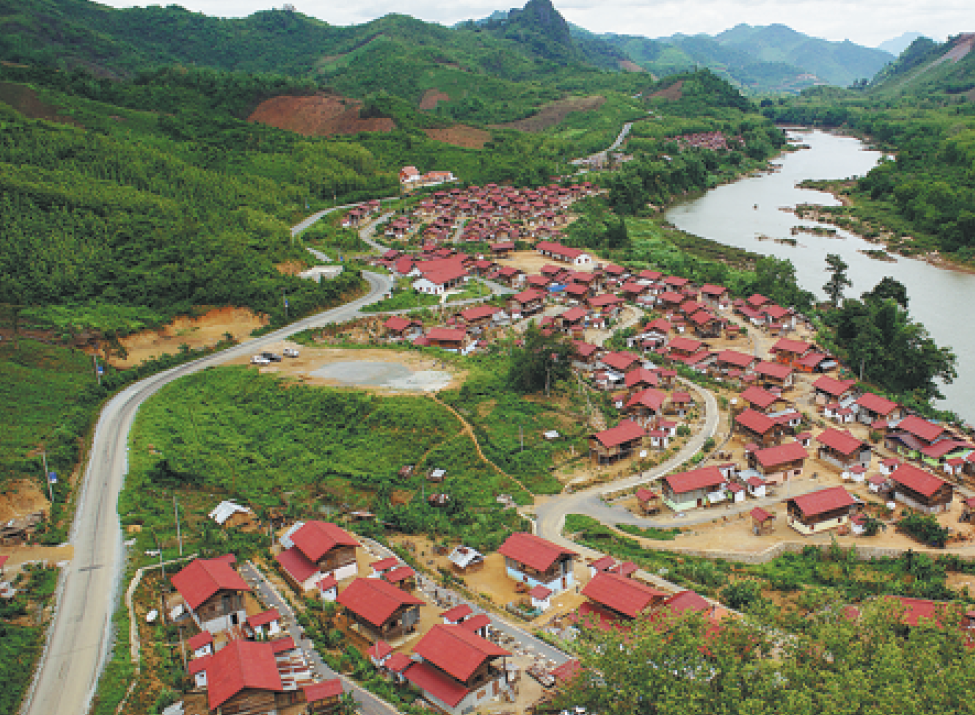Belt and Road reaches out to the world
By YANG HAN and WEN ZONGDUO in Hong Kong | China Daily | Updated: 2019-09-30 03:04

By the end of 2017, trade among countries and regions involved in the BRI accounted for 13.4 percent of the global volume and for 65 percent of that in the European Union, according to the Belt and Road Trade and Investment Index report released in May.
A report by global consulting company Deloitte said that over the five years to June last year, more than 82 trade cooperation zones were established in BRI countries, creating 244,000 jobs for the host nations.
People-to-people bonds are also an important BRI element, as the initiative acts as a platform to achieve Xi's vision of building a community with a shared future for mankind.
At China Railway Group's construction site for the Jakarta-Bandung high-speed rail project, Chinese and Indonesian employees live together in workers' camps, with dormitories and canteens close by. Separate halal canteens and prayer rooms have been set up for Muslim workers.
Indonesia is the world's biggest Muslim-majority country, and more than 87 percent of its population of 260 million embrace the faith, according to the World Population Review.
"It is important that we fully respect Indonesian people's religion and culture," Zhang, the general manager, said. "Though we may have different religions, our friendship can still be deepened through cultural exchanges and communication."
Similarly, in Laos, the Nam Ou River Cascade Hydropower Project operated by Power Construction Corp of China, is not only helping the landlocked country to become "the battery" of Southeast Asia, it is also passing on technologies to local people through a build-operate-transfer model.
As of the end of July, 136 countries and 30 international organizations had signed 194 BRI cooperation documents with China, according to the Belt and Road Portal, the initiative's multilingual website operated by the State Information Center.
In March, Jin Liqun, president of the Asian Infrastructure Investment Bank, said before the Boao Forum for Asia that the BRI is set to promote global cooperation, and under the initiative, any country or investor can implement a project, regardless of the location.
The AIIB, a multilateral development bank with headquarters in Beijing, has become one of the key platforms for building the BRI. Since starting operations in January 2016, the bank has provided $8.5 billion in loans for 45 projects in 18 member countries.
One of the bank's founding members is New Zealand. When meeting with Xi in April, the country's Prime Minister Jacinda Ardern said New Zealand had long supported the BRI.
It is positioning itself to become a major strategic link under the BRI. In June, during the Building the Southern Link conference in Auckland, a spokesman for the country's Ministry of Foreign Affairs and Trade said the nation is willing to play a bigger role in linking Asia with South America.
























